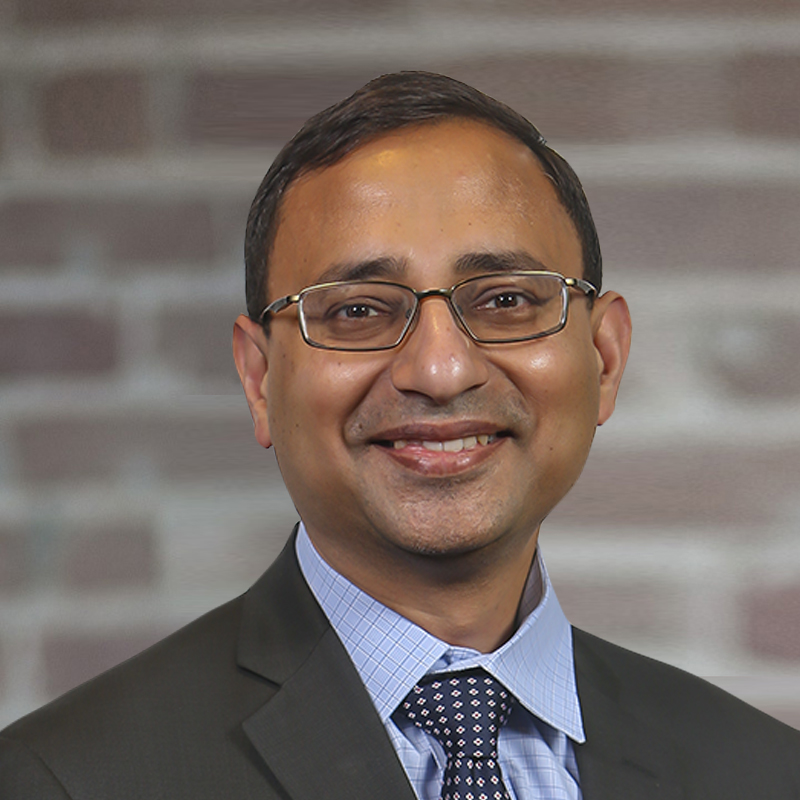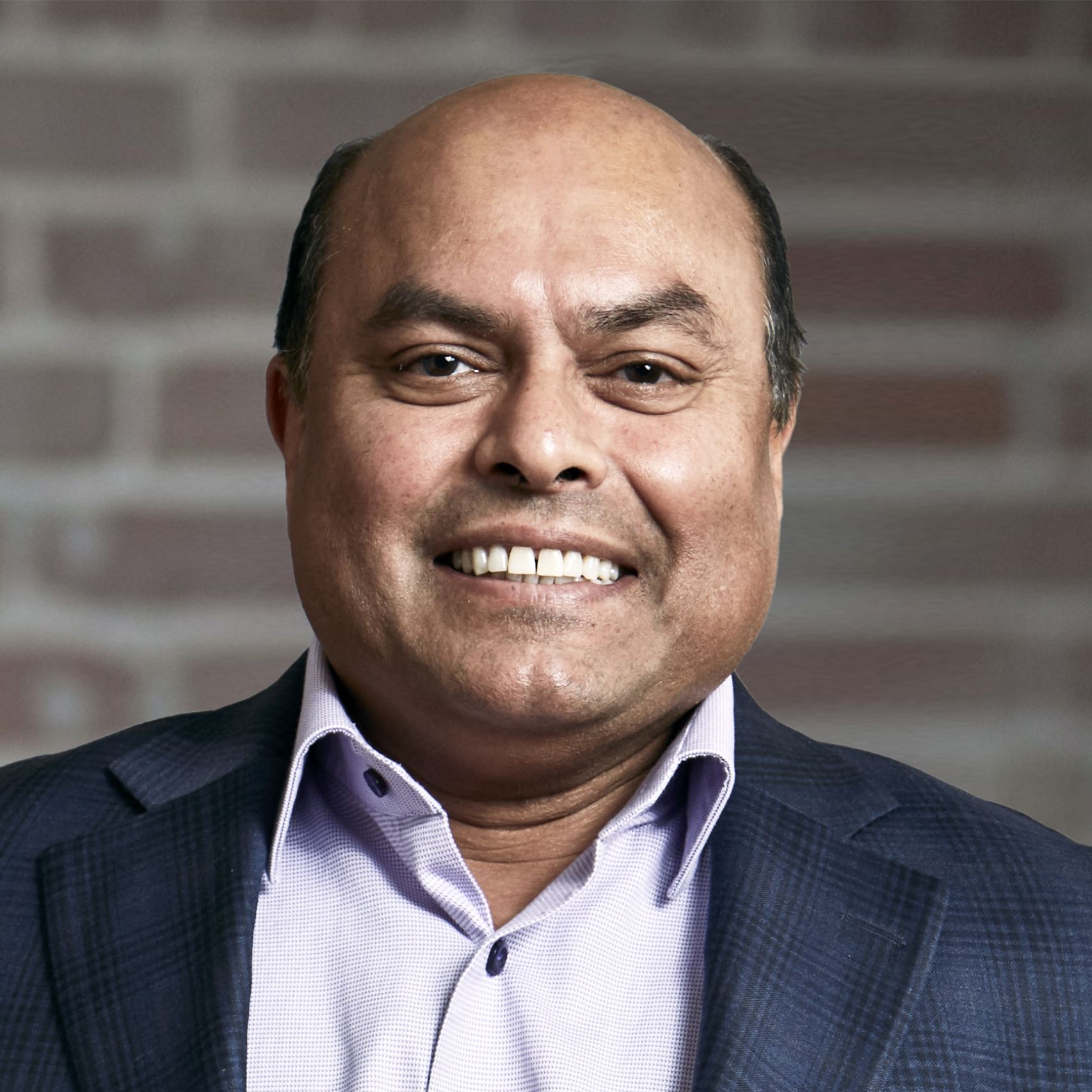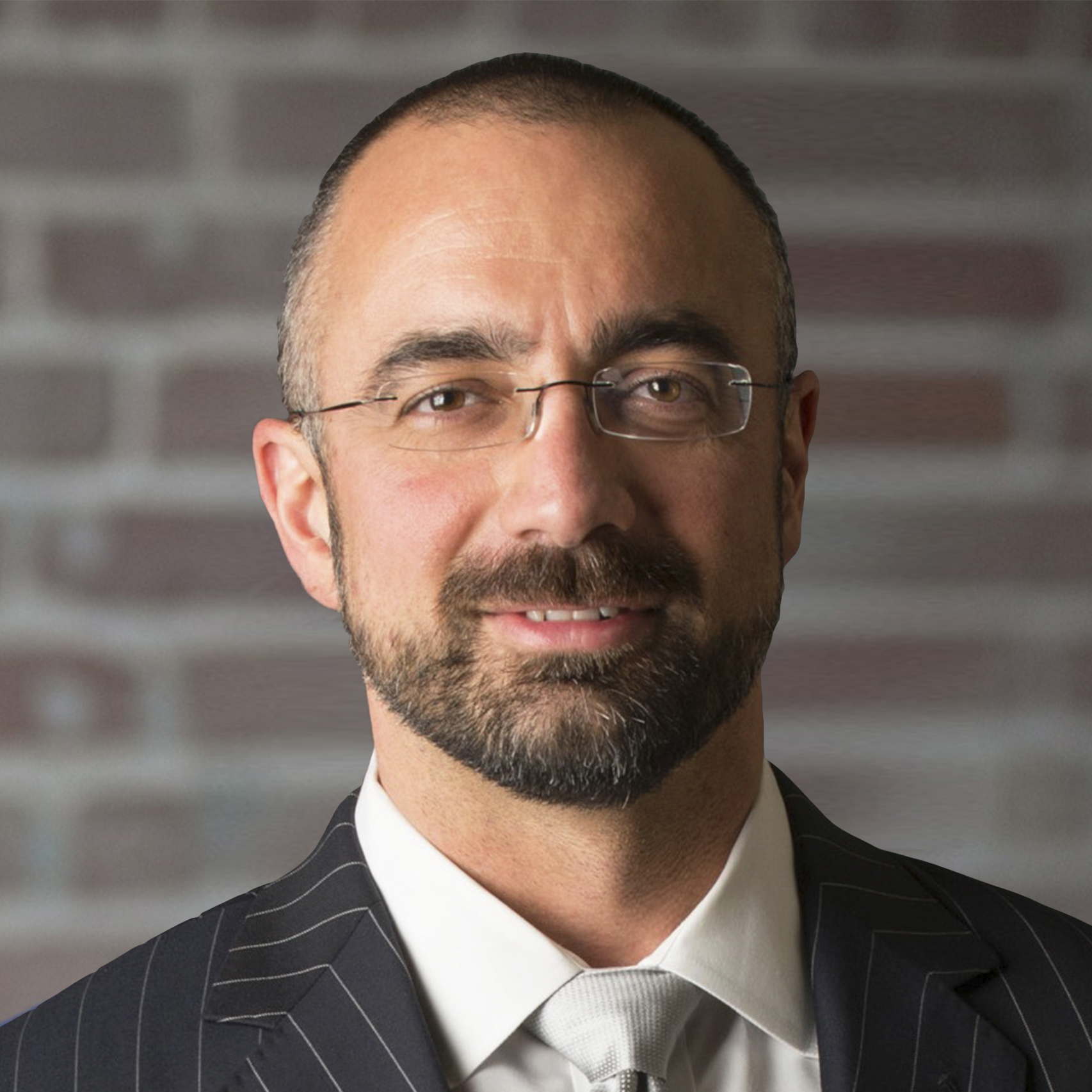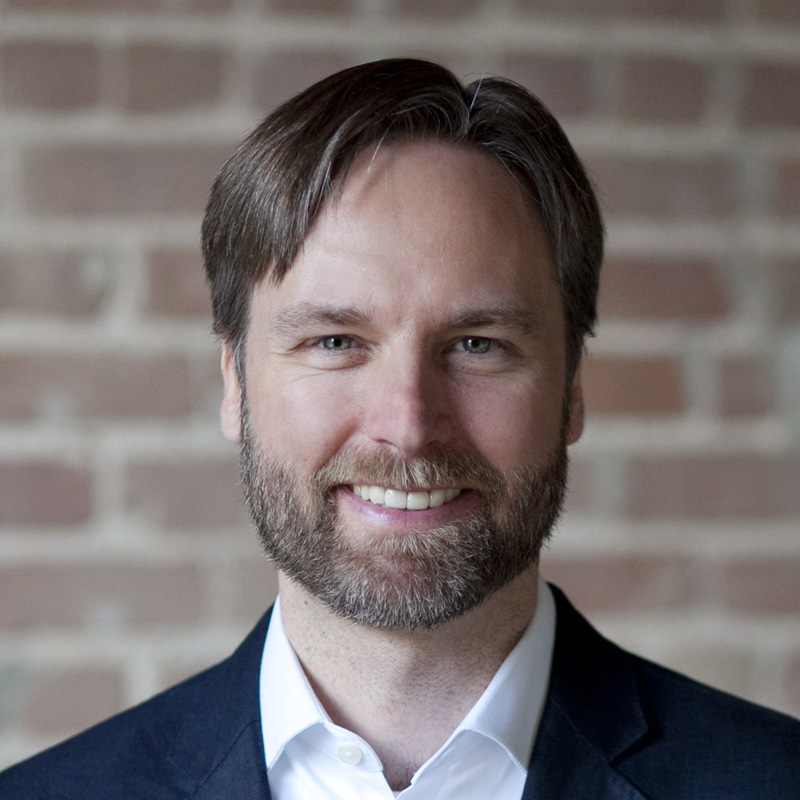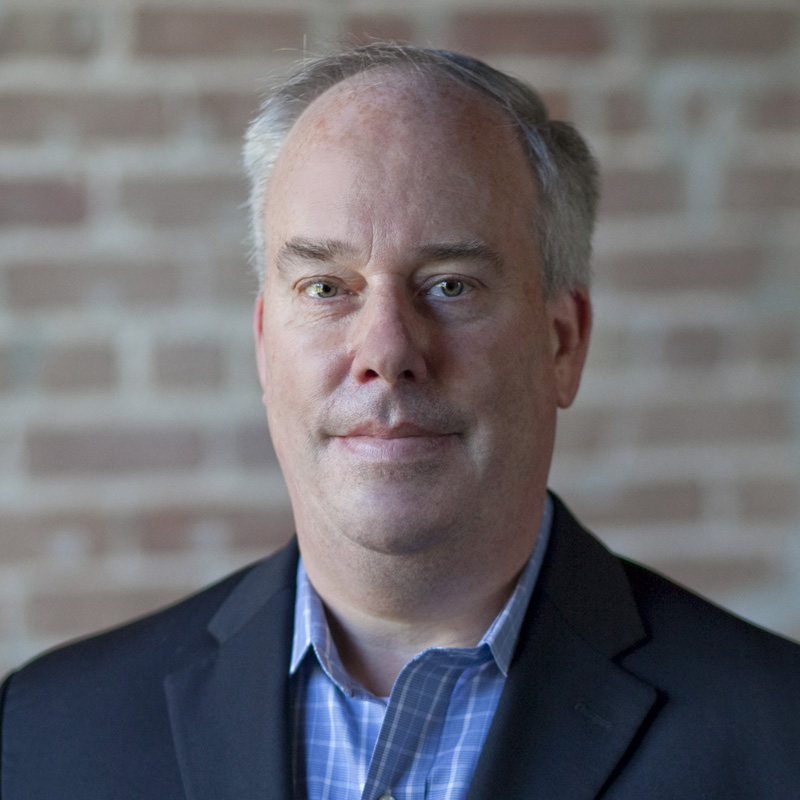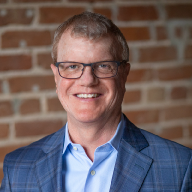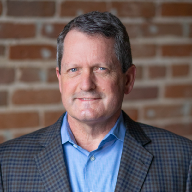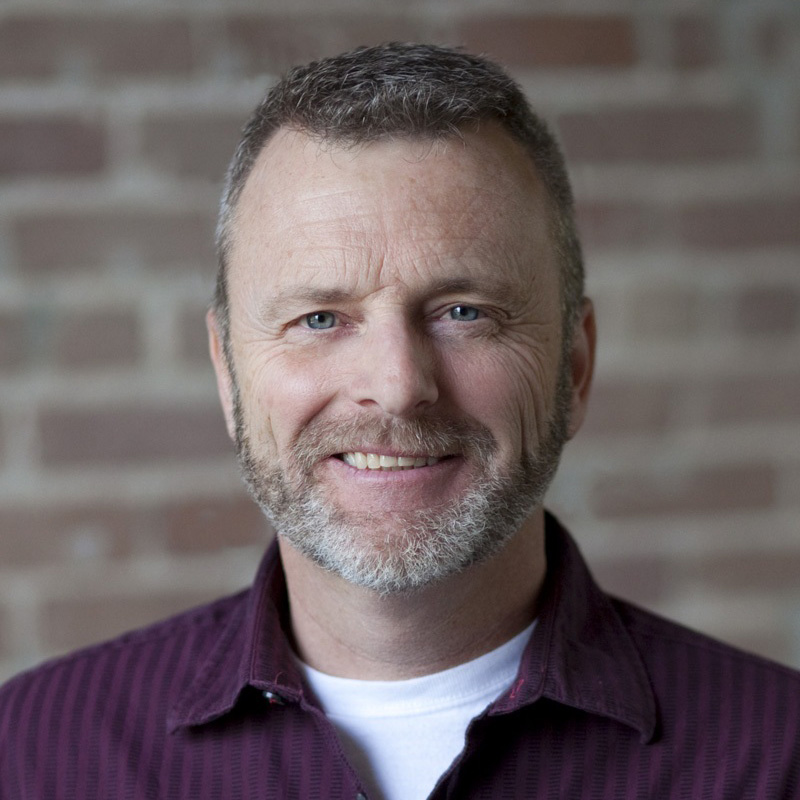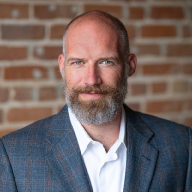For some reason, this year’s DistribuTECH conference caused me to reflect on the progress, or lack thereof, in integrating those original concepts of grid-side modernization (attached to various monikers like Smart Grid, Intelligrid, Gridwise,) with customer-side energy transformation (e.g. prosumers, smart building, demand response). And by integrating, I don’t mean technical integration. I mean business model integration. Let me explain.
We have a long way to go, and yet we are on the cusp. DistribuTECH was well represented with grid-side investments in switches, software, telemetry, and transformers. There were plenty of customer-side topics too, covered in sessions and on the show floor. But there were only a few examples where grid operators are currently DEPENDING on customer-side involvement to achieve their goals. Historically, the meter is a point of demarcation that discourages business model integration, but we have run out of time to operate in silos.
The so called “Energy Trilemma” requires that we continue to decarbonize, maintain affordable prices, and provide acceptable (if not improving) reliability. But on current course and speed, I am concerned we won’t achieve any of these three goals, never mind all three. Energy costs are increasing much faster than inflation; reliability risks are mounting at the same time our economy becomes more dependent on the electric grid, and the pace of decarbonization requires significant scale paired with innovation to manage these other two competing priorities. How we approach these challenges brings me back to DistribuTECH 2024, and here are a few of my takeaways.
Innovation is alive and well
New technologies to solve pressing problems were on full display. Unsurprisingly, there wasn’t as much new from the incumbents, but some new entrants offered exciting new approaches. Which further proves the point that we need innovation, as always. Some will fail, and a few will be spectacular successes.
Beyond new technologies, innovation of business models, regulatory experimentation, and agile development are signs that utility “pilots to nowhere” are being replaced with true program roadmaps reflecting adaptation to the industry transition.
Talent is everywhere
The talent pool is deep as the energy and utilities industry is drawing diverse expertise from other industries at every stage of their career, which is nothing short of amazing. The individuals I spoke to were inquisitive and engaged. We need that too, if we hope to achieve the challenges, both known and yet to be discovered, that lie ahead.
Just like the energy landscape we work within; the DistribuTECH conference has continued to evolve along with the new ideas and innovative technologies it showcases. Personally, I hope we all came away feeling encouraged about the future of our industry, and I am already looking forward to next year’s event in Dallas.
This article was originally published on Allan Schurr’s LinkedIn profile.




